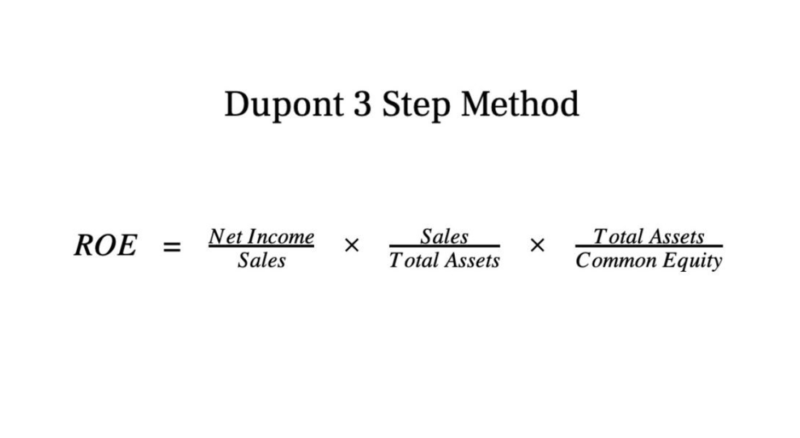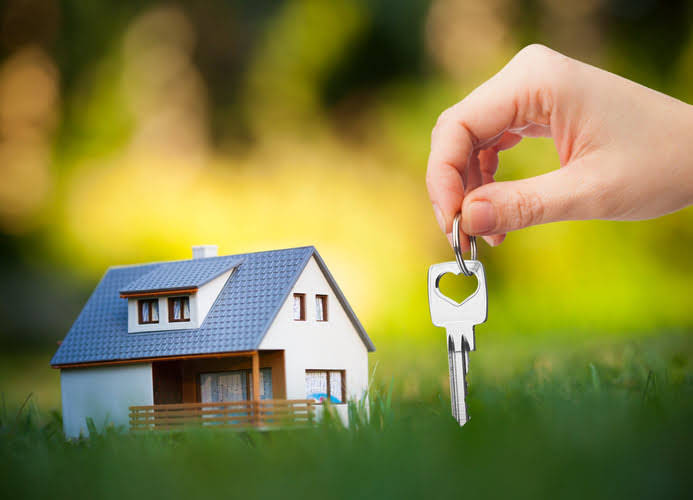
To calculate the double-declining depreciation expense for Sara, we first need to figure out the depreciation rate. In the last year of an asset’s useful life, we make the asset’s net book value equal to its salvage or residual value. This is to ensure that we do not depreciate an asset below the amount we can recover by selling it. Therefore, it is more suited to depreciating assets with a higher degree of wear and tear, usage, or loss of value earlier in their lives. For example, if an asset has a useful life of 10 years (i.e., Straight-line rate of 10%), the depreciation rate of 20% would be charged on its carrying value. We now have the necessary inputs to build our accelerated depreciation schedule.

Pros of the Double Declining Balance Method
- It involves more complex calculations but is more accurate than the Double Declining Balance Method in representing an asset’s wear and tear pattern.
- Under the generally accepted accounting principles (GAAP) for public companies, expenses are recorded in the same period as the revenue that is earned as a result of those expenses.
- The depreciation expense recorded under the double declining method is calculated by multiplying the accelerated rate, 36.0% by the beginning PP&E balance in each period.
- Eric also creates free accounting resources, including manuals, spreadsheet trackers, and templates, to support small business owners.
- The double declining balance method (DDB) describes an approach to accounting for the depreciation of fixed assets where the depreciation expense is greater in the initial years of the asset’s assumed useful life.
The accounting concept behind Insurance Accounting depreciation is that an asset produces revenue over an estimated number of years; therefore, the cost of the asset should be deducted over those same estimated years. The time factor for any accounting period that falls between the first and the last period is 1 because the asset will be available for the entire period and, therefore, should be charged the depreciation expense in full. Accelerated depreciation techniques charge a higher amount of depreciation in the earlier years of an asset’s life. One way of accelerating the depreciation expense is the double decline depreciation method. Given its nature, the DDB depreciation method is best reserved for assets that depreciate rapidly in the first several years of ownership, such as cars and heavy equipment.
- If, for example, an asset is purchased on 1 December and the financial statements are prepared on 31 December, the depreciation expense should only be charged for one month.
- So, in the first year, the company would record a depreciation expense of $4,000.
- Unlike the straight-line method, the double-declining method depreciates a higher portion of the asset’s cost in the early years and reduces the amount of expense charged in later years.
- This may be true with certain computer equipment, mobile devices, and other high-tech items, which are generally useful earlier on but become less so as newer models are brought to market.
- With the constant double depreciation rate and a successively lower depreciation base, charges calculated with this method continually drop.
- In contrast to straight-line depreciation, DDB depreciation is highest in the first year and then decreases over subsequent years.
When Do Businesses Use the Double Declining Balance Method?

Depreciation is an accounting process by which a company allocates an asset’s cost throughout its useful life. Firms depreciate assets on their financial statements and for tax purposes in order to better match an asset’s productivity in use to its costs of operation over time. Of course, the pace at which the depreciation expense is recognized under double declining balance method accelerated depreciation methods declines over time.

Annual Depreciation Expense Calculation (DDB)
This not only provides a more realistic representation of an asset’s condition but also yields tax benefits and helps companies manage risks effectively. When changing depreciation methods, companies should carefully justify the change and adhere to accounting standards and tax regulations. Additionally, any changes must be disclosed in the financial statements to maintain transparency and comparability.

The depreciation expense recorded under the double declining method is calculated by multiplying the accelerated rate, 36.0% by the beginning PP&E balance in each period. Suppose a Online Accounting company purchases a piece of machinery for $10,000, and the estimated useful life of this machinery is 5 years. In this scenario, we can use the formula to calculate the depreciation expense for the first year. The DDB depreciation method offers businesses a strategic approach to accelerate depreciation.
